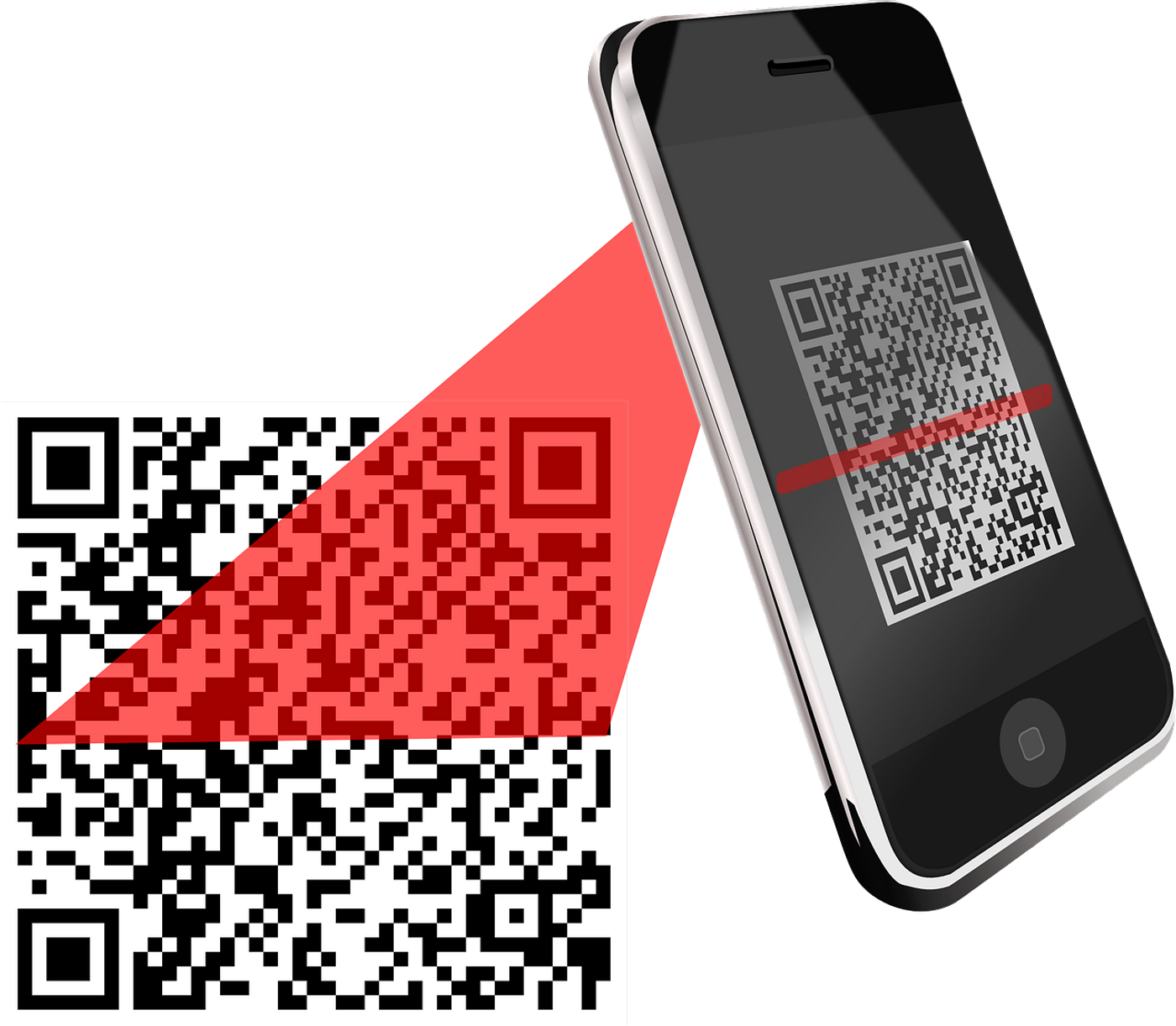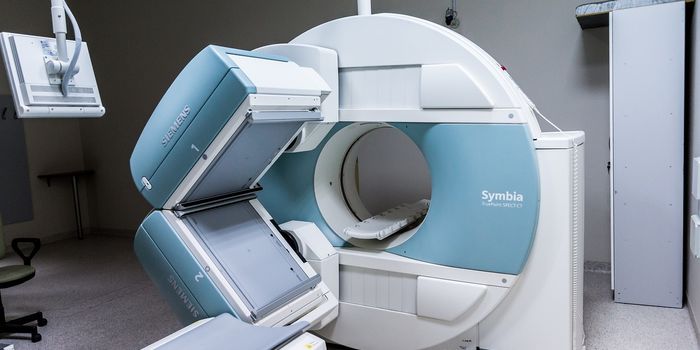Researchers Develop Edible QR Codes
In a recent study that will be presented at The 35th Annual ACM Symposium on User Interface Software and Technology, a team of researchers from Osaka University in Japan have developed a method to print edible QR codes within cookies. This study holds the potential to improve food traceability and safety as it allows consumers to see a food’s ingredients and where it originated from, as well. Some advantages to this method are the code doesn’t change the outer appearance or flavor of the cookie, and the code can be seen with a backlight.
"Many foods can now be produced using 3D printers," said Yamato Miyatake, who is a software engineer at Bosch Japan, and lead author of the study. "We realized that the insides of edible objects such as cookies could be printed to contain patterns of empty spaces so that, when you shine a light from behind the cookie, a QR code becomes visible and can be read using a cellphone."
QR codes are typically used as tags, and since these codes are part of the cookie itself, the data is available to consumers, retailers, and producers all the way from the factory to the consumer’s stomach.
"Our 3D printing method is a great example of the digital transformation of foods, which we hope will improve food traceability and safety," said Kosuke Sato, who is a co-author on the study. "This technology can also be used to provide novel food experiences through augmented reality, which is an exciting new field in the food industry."
One goal of this study is waste reduction, as both the packaging and tags contribute to waste worldwide. Widespread use of this new technology could result in a cleaner future.
Sources: Research at Osaka University
As always, keep doing science & keep looking up!









